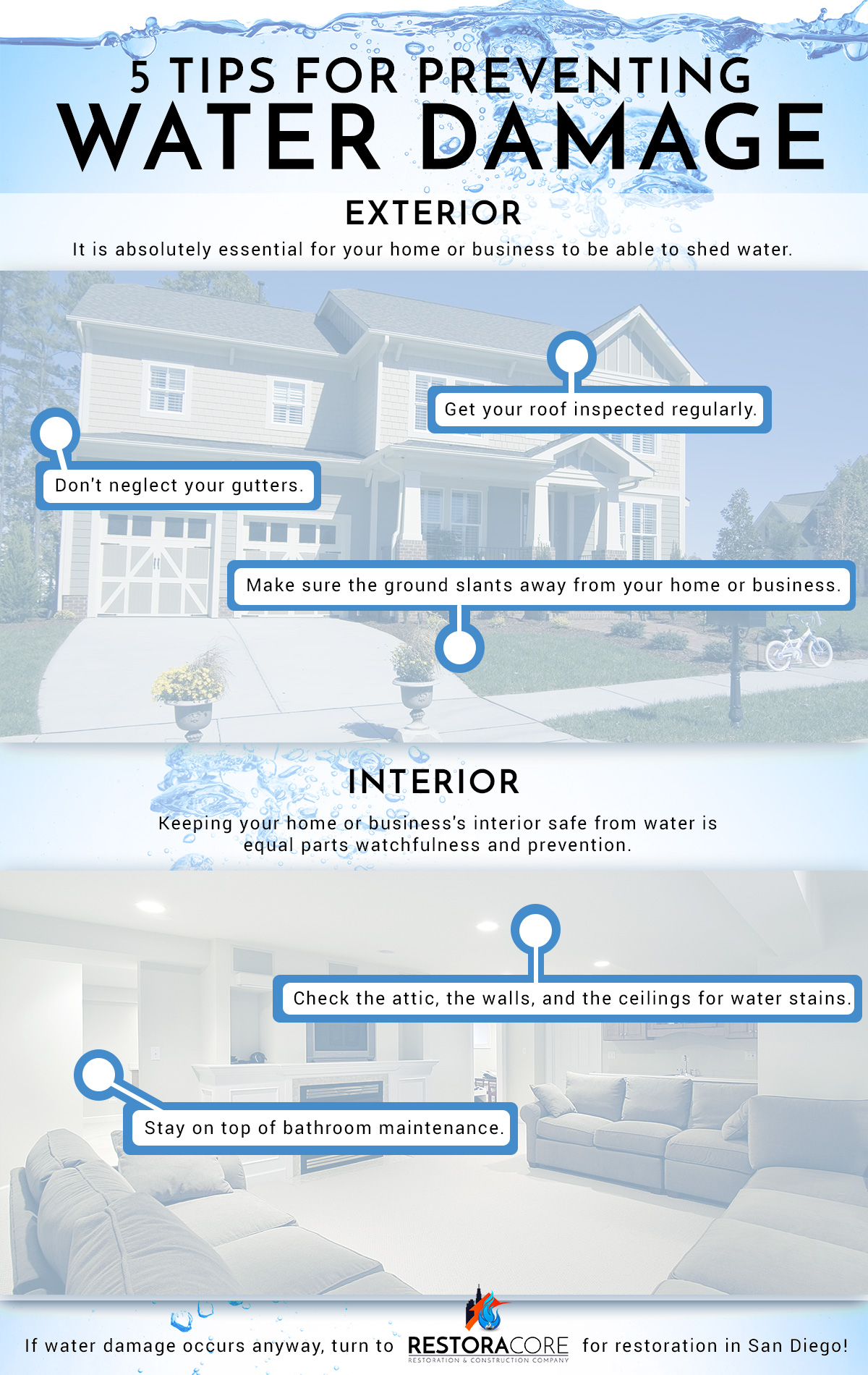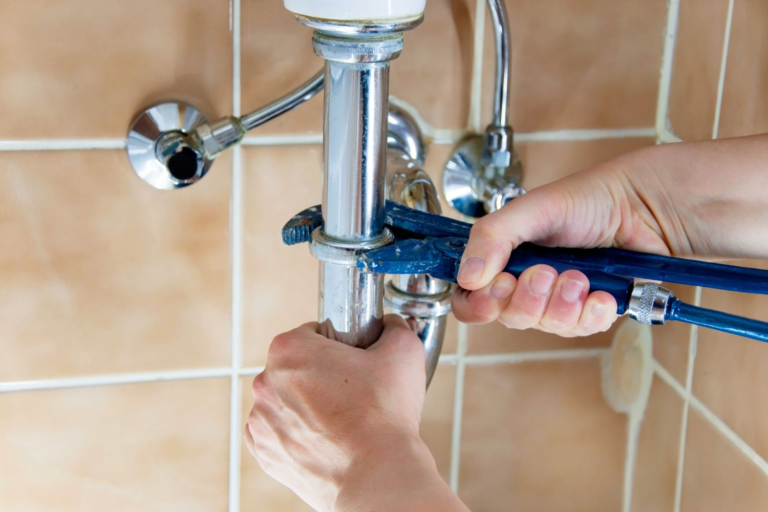Water Damage Prevention: Tips to Protect Your Property
Water damage prevention is an essential aspect of property maintenance that every homeowner and business owner should prioritize. Understanding how to check for water damage can save you from costly repairs and extensive property loss. Various causes of water damage, including structural deficiencies and plumbing issues, can often go unnoticed until it’s too late. Regular water damage inspections are crucial for identifying potential problems early and implementing measures for preventing water damage. Additionally, having water damage insurance can provide peace of mind, ensuring that you are covered should disaster strike.
Safeguarding your premises from moisture-related issues is a critical concern for both residential and commercial property owners. Knowing how to identify signs of dampness and understanding the various sources of moisture intrusion can significantly mitigate risks. By conducting thorough assessments and inspections, you can uncover hidden problems that may lead to expensive repairs down the line. Moreover, employing effective strategies for moisture control can enhance the longevity of your property. Investing in appropriate insurance coverage for water-related damages further secures your financial stability in the face of unforeseen circumstances.
Understanding the Causes of Water Damage
Water damage can stem from a variety of sources, making it crucial for property owners to understand what to look for. Common causes include site and subsurface drainage problems, which can lead to water pooling around the foundation. Structural issues, such as building envelope deficiencies or foundation problems, may also allow water to seep into the property. Additionally, carelessness—like leaving taps open or improper installations of doors and windows—can exacerbate the risk of water damage. Understanding these causes can empower owners to take preventative measures before damage occurs.
Natural disasters, such as heavy rainfall or snowmelt, can also lead to catastrophic water damage. Freezing pipes during winter months can burst and lead to significant interior flooding. Furthermore, internal plumbing deficiencies, such as old or faulty pipes, can cause leaks that often go unnoticed until extensive damage has occurred. By recognizing these causes, property owners can be more vigilant in their maintenance efforts, ultimately saving time and money in the long run.
How to Check for Water Damage in Your Property
To effectively check for water damage, inspectors typically start from the top of the building and work their way down. This means closely examining areas like the attic for signs of moisture or leaks, as well as the basement where water often accumulates. Inspectors look for water marks or wet spots on ceilings and walls, which can indicate leaks from roofs or plumbing. It’s essential to check for discolored drywall, cracks, or flaking paint, as these can signal ongoing moisture issues that require immediate attention.
Additionally, inspecting areas that are often overlooked, such as under sinks, around washing machines, and within furnace ductwork, is critical. Rust on pipes and strange odors can indicate prolonged exposure to moisture, which may not be immediately visible. Regular inspections not only help identify existing problems but can also prevent future issues, making it an essential practice for maintaining the integrity of your property.
Water Damage Inspection: What to Expect
When undergoing a water damage inspection, it’s important to understand the process and what inspectors will be looking for. They will assess both the interior and exterior of the property, checking for signs of water intrusion in vulnerable areas like the roof, gutters, and foundation. Inspectors often use specialized tools to measure moisture levels in walls and floors, providing a comprehensive assessment of potential damage. This thorough examination ensures nothing is overlooked.
Aside from visual inspections, inspectors may also review the property’s renovation history and claims history for any previous water damage incidents. This historical context can provide valuable insight into the property’s condition and highlight areas that may require further attention. By being proactive and understanding the inspection process, property owners can take steps to address any potential issues before they escalate.
Preventing Water Damage: Essential Tips
Preventing water damage should be a priority for every property owner. One of the first steps is to check indoor and outdoor waterproofing measures, ensuring that all sealants are up to date. This can significantly reduce the risk of water intrusion during heavy rains or melting snow. Additionally, inspecting the roof for any potential leaks and ensuring proper drainage systems in landscaping can help keep water away from the foundation.
Regular maintenance is key in preventing issues before they arise. For instance, checking the basement for musty odors can help identify hidden moisture that may lead to mold growth. Addressing cracks in the foundation or walls can also prevent water from seeping into the property. By implementing these preventative measures, property owners can significantly reduce the risk of costly water damage.
The Importance of Water Damage Insurance
Water damage insurance is an essential component of protecting your property from unexpected financial losses. While preventative measures can help mitigate risks, natural disasters and unforeseen incidents can still occur. Having the right insurance coverage can provide peace of mind, knowing that you are financially protected in case of water damage. This coverage can help cover the costs of repairs and restoration, allowing you to recover more quickly.
It’s important to review your insurance policy regularly to ensure that it adequately covers potential water damage scenarios. Many policies have specific exclusions or limitations, especially related to flooding. By understanding your coverage and discussing any concerns with your insurance provider, you can make informed decisions that protect your property and finances.
Signs You Might Have Water Damage
Recognizing the signs of water damage early can save property owners from extensive repairs later on. Look for visible indicators such as water stains on ceilings or walls, as these often signal leaks from above. Discolored drywall or peeling paint can indicate moisture damage, while musty odors may suggest mold growth. Additionally, warped flooring can be a clear sign of underlying water issues that need immediate attention.
Regularly inspecting your property for these signs can help you stay ahead of potential problems. If you notice any unusual changes, it’s advisable to consult a professional for a thorough inspection. Catching water damage early can prevent more significant issues down the line, making it easier and less costly to address.
The Role of Professional Inspectors in Water Damage Evaluation
Professional inspectors play a crucial role in evaluating water damage risks and existing issues. Their expertise allows them to identify problems that may not be visible to the untrained eye. They are equipped with specialized tools to measure moisture levels and can detect hidden leaks or vulnerabilities within the structure. By hiring a professional, property owners can gain a comprehensive understanding of their property’s condition and take necessary actions to mitigate risks.
Furthermore, professional inspections can provide valuable documentation that may be required for insurance claims. Should water damage occur, having a detailed report from a qualified inspector can support your case for coverage. This documentation is invaluable in proving the extent of the damage and the need for repairs, ensuring that property owners can navigate the claims process more smoothly.
Long-Term Solutions for Water Damage Prevention
To ensure long-term protection against water damage, homeowners should consider implementing comprehensive solutions. This includes regular maintenance of gutters and downspouts to ensure proper drainage away from the foundation. Additionally, installing sump pumps in basements can help manage excess water during heavy rains, preventing flooding and damage.
Investing in high-quality materials during construction or renovations can also make a significant difference. Using waterproof membranes in basements and ensuring proper drainage around the property can help mitigate risks. By taking these proactive steps, property owners can enhance the resilience of their properties against water damage.
The Financial Implications of Water Damage
Water damage can lead to significant financial implications for property owners. The costs associated with repairs can quickly add up, especially if the damage is extensive and requires professional remediation. Additionally, prolonged water exposure can lead to mold growth, which may necessitate costly mitigation efforts. Understanding these potential financial burdens underscores the importance of preventative measures and adequate insurance coverage.
In the event of water damage, property owners may also face disruptions to their daily lives or business operations. This can result in lost income and additional expenses as they navigate repairs and restoration. By being proactive and addressing water damage risks, owners can mitigate these financial impacts and preserve the integrity of their investment.
Frequently Asked Questions
What are the main causes of water damage in buildings?
Water damage can occur due to several causes including site drainage issues, structural deficiencies, and improper installations. Other common causes include internal plumbing failures, freezing pipes, and catastrophic weather events. Understanding these causes is crucial for preventing water damage.
How can I check for water damage in my home or business?
To check for water damage, inspect areas like the attic, basement, and under sinks for water marks, discolored walls, mold, or warping. Additionally, check the roof and gutters for signs of leaks. Regular inspections can help identify potential problems before they escalate.
What should I expect during a water damage inspection?
During a water damage inspection, professionals will examine both the interior and exterior of your property. They look for signs such as water stains, mold growth, rust, and musty odors. Inspectors will assess areas prone to moisture, like bathrooms and kitchens, and evaluate the roof and drainage systems.
What are effective strategies for preventing water damage?
To prevent water damage, ensure proper waterproofing indoors and outdoors, regularly inspect roofs and gutters, and maintain landscaping to direct water away from the foundation. Additionally, address any cracks and check for leaks in plumbing to minimize the risk of water damage.
How can water damage insurance protect my property?
Water damage insurance can provide financial protection against losses resulting from water damage incidents, such as flooding or plumbing failures. It’s essential to review your policy to ensure it covers various types of water damage and to understand the claims process in case of an emergency.
| Key Points | Details |
|---|---|
| Causes of Water Damage | Site drainage issues, foundation problems, structural deficiencies, unsecured openings, poor installations, inferior materials, plumbing problems, carelessness, freezing pipes, and catastrophic weather. |
| Inspection Areas | Inspectors check attics, basements, kitchens, bathrooms, and external areas like roofs and gutters. |
| Signs of Water Damage | Water marks, discolored walls, mold, warped floors, rust, and musty odors. |
| Investigation Methods | Review renovation history, claims history, talk to neighbors, analyze utility bills, and consult an expert. |
| Prevention Tips | Regular waterproofing checks, roof inspections, proper landscaping, basement checks for odors, and addressing cracks. |
Summary
Water damage prevention is crucial for safeguarding your property from costly repairs. By understanding the causes and signs of water damage, you can take proactive measures to mitigate risks. Regular inspections and maintenance are essential, including checking for drainage issues, ensuring proper installations, and investigating any signs of moisture. Implementing preventive strategies, such as waterproofing and landscape management, will help protect your home or business from potential water damage, allowing you to maintain a safe and secure environment.







